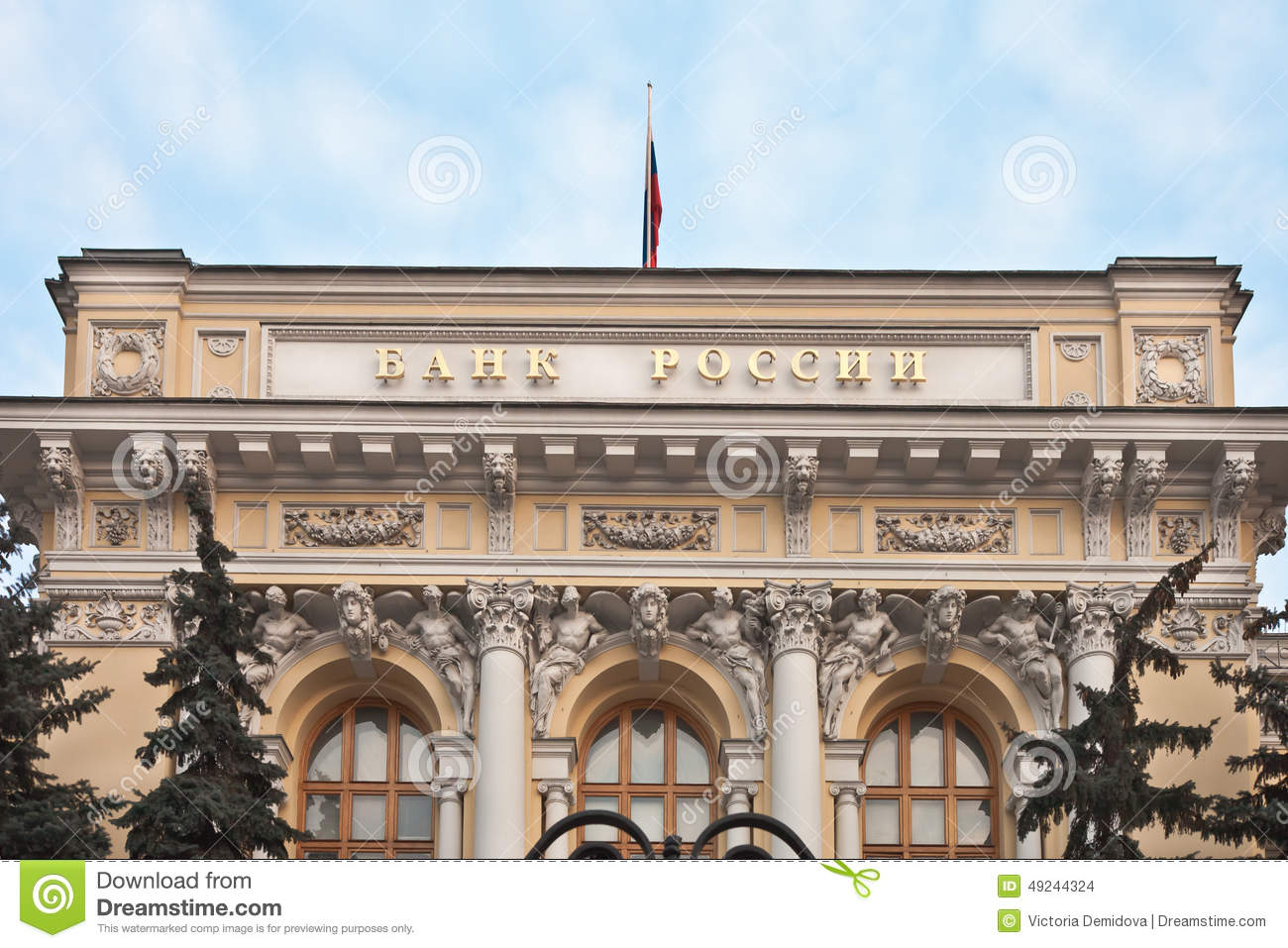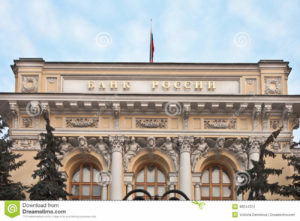Russia’s central bank signaled it will frontload interest-rate cuts after inflation slowed and President Vladimir Putin said the government is wei
Russia’s central bank signaled it will frontload interest-rate cuts after inflation slowed and President Vladimir Putin said the government is weighing measures to influence the ruble.
The Bank of Russia said its “assessment of the overall potential” for easing this year is unchanged after decreasing the one-week auction rate to 9.25 percent from 9.75 percent, according to a statement on Friday. Only six of 42 economists forecast the move. At the previous meeting in March, policy makers cut the benchmark by a quarter-percentage point after a six-month pause.
“Inflation is moving towards the target, inflation expectations are still declining and economic activity is recovering,” the central bank said. “Given the moderately tight monetary policy, the 4 percent inflation target will be achieved before the end of 2017 and will be maintained close to this level in 2018-2019.”
The Bank of Russia is responding to pressure to lower rates and blunt the ruble’s appeal as a carry trade, when investors borrow in countries where rates are lower and then invest the money where the returns are higher. The currency’s gains have eroded budget revenue from dollar-denominated energy exports, with Putin saying this week the government is searching for “market-based measures” to affect the exchange rate after faltering attempts by officials to talk it down.
‘Little Hit’
“The decision is a little hit on the central bank’s consistency as the central bank has been signaling a shift to 25 basis-point steps in cuts,” said Vladimir Miklashevsky, senior strategist at Danske Bank A/S in Helsinki. “It definitely goes in line with Putin’s recent comments on ruble stability.”
Governor Elvira Nabiullina said last week that a cut of 25 to 50 basis points may be discussed as inflation nears the annual target of 4 percent, the second time a policy maker has given explicit guidance ahead of a decision. The key rate may fall to 8.5 percent by the end of this year, according to the median estimate in another Bloomberg survey.
The ruble is the third-best performer among 24 emerging-market peers tracked by Bloomberg this year. But its gains against the dollar began to reverse in April, putting the Russian currency on track for its first monthly decline since November. It traded 0.4 percent stronger at 56.7350 against the dollar as of 2:01 p.m. in Moscow.
The Bank of Russia has allowed the market to set the exchange rate since 2014 and last bought foreign currency in 2015 to boost its international reserves when the ruble strengthened below 50. Nabiullina has stayed committed to a free-floating ruble and kept policy tight, blaming structural bottlenecks, rather than the cost of capital, for impeding economic expansion.
Daily Watch
The government monitors ruble stability “practically on a daily basis,” Putin said at a meeting with entrepreneurs on Tuesday. Several government officials then spoke up in favor of a weaker ruble, with Agriculture Minister Alexander Tkachev saying a range of 60-65 to the dollar is preferable for farmers.
It’s “a signal that the central bank is ready to narrow the substantial interest-rate differential faster than previously anticipated to dent the ruble’s appeal as a high yielding currency,” said Piotr Matys, an emerging-market currency strategist at Rabobank in London. “Russia would benefit from a stable rather than an excessively strong ruble, which may undermine the competitiveness of Russian exports.”
bloomberg.com


